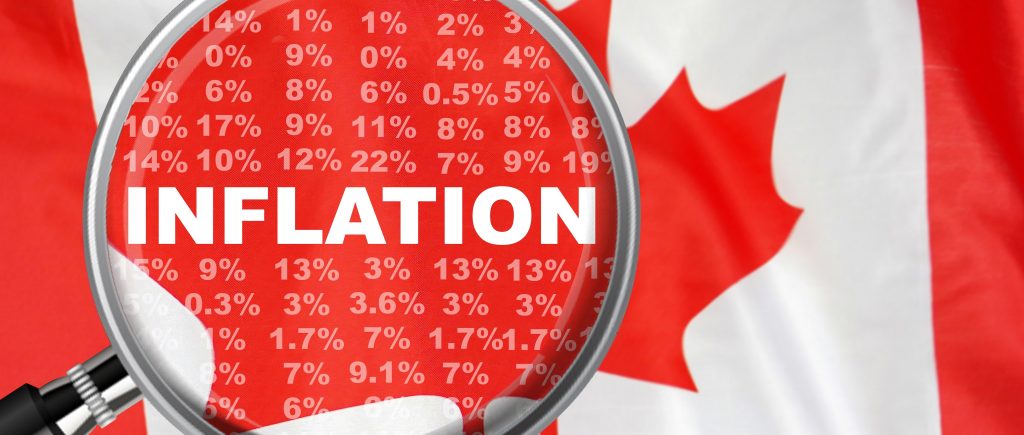Canada’s Consumer Price Index (CPI) climbed to 1.9% year-over-year in June, up from 1.7% in May, according to Statistics Canada’s Tuesday release. The uptick fell short of economists’ expectations of a 2% rise, but core inflation measures remained elevated, signaling persistent price pressures and reducing the likelihood of a Bank of Canada (BoC) interest rate cut on July 30.
Month-over-month, CPI edged up 0.1%, with a seasonally adjusted increase of 0.2%. Gasoline prices, though down 13.4% from last year due to the carbon tax removal, contributed less to deflation than May’s 15.5% drop, driving the headline inflation increase. Prices for cars, furniture, and durable goods also rose, with durable goods up 2.7% annually (from 2% in May) and passenger vehicles up 4.1%.
Core inflation metrics underscored ongoing pressures: CPI-median rose to 3.1% from 3%, while CPI-trim held steady at 3%. BMO chief economist Douglas Porter noted, “Underlying inflation remains stubbornly strong,” citing robust shelter costs—rent up 4.7% and mortgage costs up 5.6%—and trade-related pressures on goods like clothing (up 2% from 0.5% in May). Grocery inflation slowed to 2.8% from 3.3%, driven by cheaper fresh vegetables like onions (-10.3%) and cucumbers (-18.3%).
The data, combined with recent strong job gains, makes a July rate cut unlikely, with some commentators suggesting trade negotiations and labor market trends will shape the BoC’s 2025 easing path. A significant slowdown in core inflation is needed for a September cut, absent a sharp economic downturn tied to ongoing Canada-U.S. tariff uncertainty.
Excluding energy, CPI rose 2.7%, highlighting broader economic pressures. Markets remain focused on upcoming bank earnings and tech sector performance, with NVIDIA’s strength lifting sentiment, as investors weigh these inflation dynamics against potential trade disruptions.

 Noor Trends News, Technical Analysis, Educational Tools and Recommendations
Noor Trends News, Technical Analysis, Educational Tools and Recommendations




